There couldn’t be a harsher contrast between the sterile lighting of an A&E ward and the warm glow of Elizabeth Okoh’s boudoir photography studio — but that was intentional.
Okoh’s Women on The Frontlines exhibit at Buckle Street Studios displays the disparity between female frontline workers’ private and public personas, as she hangs professional headshots next to intimate portraits.
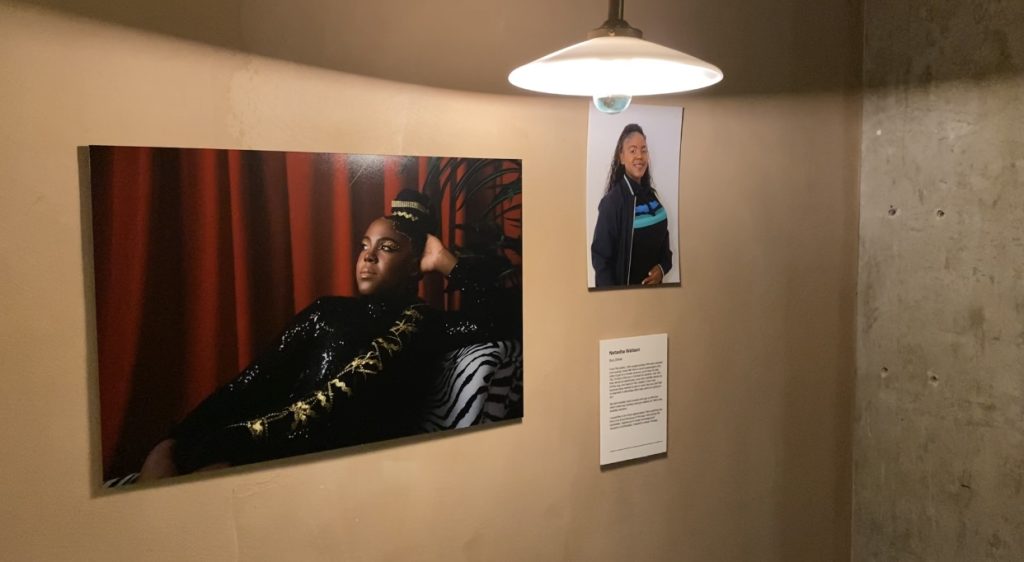
Boudoir photography isn’t inherently sexual. Rather, it describes the photography of women in private spaces.
The intimate style creates both comfort and control for the subject, which is especially important when not using professional models.
But boudoir’s name is also derived from the French verb bouder, meaning ‘to sulk’. This idea that women withdraw to private spaces to reflect and process reveals the public strength they maintain.
There couldn’t be a more fitting style for this project, which disclosed the private afflictions of frontline workers despite their outward strength during Covid-19.
Okoh brought together ten frontline workers for this project.
Women on The Frontlines gave its subjects the opportunity to review their own experiences during the pandemic.
Okoh said: “You always see yourself through the mirror, but not the other way round — photography is as close as you can get to seeing yourself.”
While the exhibit is intensely personal for its subjects, Okoh also asks the audience to consider. Nina Simone’s words are displayed at the entrance: “An artist’s duty, as far as I’m concerned, is to reflect the times.”
They remind the audience that we need to look at ourselves too.
Hold the applause
A panel discussion to celebrate the exhibition’s launch brought together some of the women featured in Okoh’s work. While the Q&A that followed felt intimate, the panelists maintained their public resilience.
One audience member began to praise ITU nurse Kasia Nwansi, who quickly responded “I’m just doing my job”.
The humility of these women sharply contrasts with the performative displays of gratitude that this country offered during Covid-19.
Kasia went on to highlight that the pandemic “clap for the NHS” was held at 8pm, when most NHS workers would be travelling to or returning from their shifts.
She also added that the lack of public support for the recent nurses’ strike highlighted how transient public thanks could be.
One nurse in the audience, with 40 years of NHS service, described clap for the NHS as “cringeworthy”.
She added that the only time the gesture touched her was when a neighbour left a potted plant on her doorstep after the rest of the street had returned inside.
This anecdote teaches us that we need to personally and genuinely thank our frontline workers — with flowers — rather than performatively — with applause.
Okoh’s project rests on her observation that these women “were barely acknowledged for the part they played. With Women on The Frontlines, I’m giving these women and others like them their flowers.”
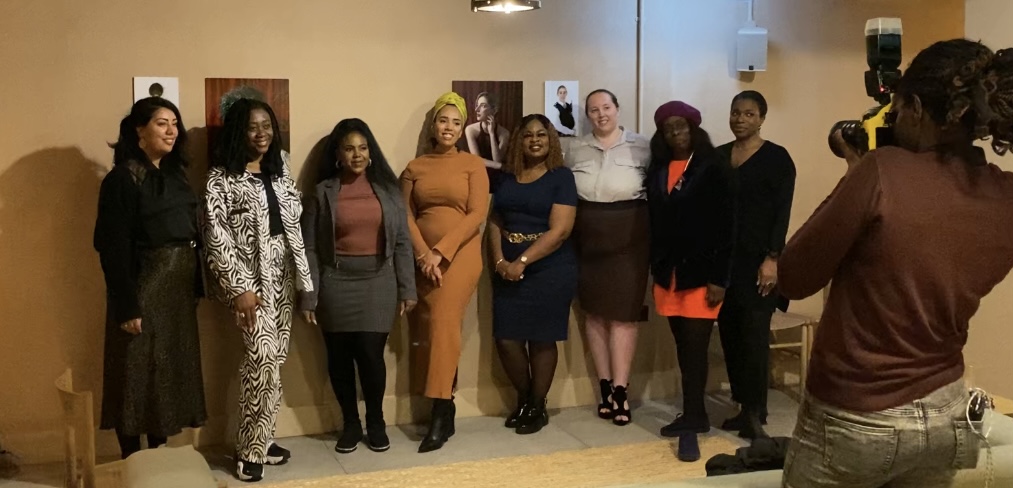
Womens’ work
Many of the women featured in the exhibit are in traditionally female occupations, such as nursing or teaching. It’s well known that such female-dominated industries are thankless and undervalued.
However, Okoh cleverly brought in frontline workers from traditionally male industries to highlight a shared female experience during the pandemic.
One of these women, Natasha Watson, displayed the same resilience when describing her experience as a London bus driver during the pandemic.
She told me: “A woman on the frontline is a woman doing her job and getting it done.”
Just as nurses pointed to the lack of personal recognition, Natasha described her experience as that of an “invisible worker” as riders wouldn’t even look her in the eyes, let alone offer a thank you.
Okoh’s approach to involving Natasha in the project couldn’t be further from her daily experience during the pandemic. Natasha laughed as she recounted Okoh boarding her bus and striking up a conversation that quickly led to her modelling for the project.
The stories of women in male dominated industries also revealed how little attention has been paid to supporting our female frontline workers.
Natasha explained that operating the night bus meant she was vulnerable and alone at night before and after each shift. And even something as simple as comfort breaks hasn’t been thought through for our female workers.
Natasha highlighted that while male night bus drivers relied on public urination during their shifts, women physically don’t have that option. She suggested that any other woman aspiring to work as a night bus driver must “have a strong bladder”.
Hierarchy
The unique experiences of female frontline workers draw attention to hierarchies that shaped Covid-19.
Okoh hoped that sharing these personal stories would offer a clearer insight into the realities of the pandemic, as she urged “we need to take stock and learn from people actually on the front lines, not the people making decisions”.
Not only was women’s work undervalued, but workplace hierarchies actively placed the burden on women.
Hannah Martin, a stockbroker, highlighted that financial service regulation meant key documents couldn’t be electronically shared.
As a result, someone had to physically stay in the office during the pandemic. It fell to Hannah and another young woman to work over-time in a regional office, while management, now working remotely, hounded them to ask why things were taking so long.
The hierarchies at play — those of gender, region, and age — meant Hannah “didn’t feel like I could say no”.
At the end of lockdown, her company hosted an awards ceremony to celebrate Covid-19 contributions.
Hannah and her co-worker received no thanks because their work wasn’t recognised by the metrics the company had used to define success.
This hierarchy of what work we consider to be ‘valuable’ consistently undervalues women and their contribution.
Speaking about Okoh’s exhibition, Hannah said: “Now being recognised, has given me a real boost of confidence and self-esteem, and it’s amazing to see my picture in there — a surreal experience.”
This was exactly what Okoh had hoped for, suggesting that as a photographer, she sees her role as “holding the space” — emotionally and physically — for her subjects’ self-expression.
Celebration
Okoh created this project after realising how few key workers we’d heard and thanked.
She said: “I wanted to do that for them, use my art to celebrate them and empower them.”
Just as Okoh hoped to celebrate our frontline workers, many of the subjects of Women on The Frontlines also saw this project as an opportunity to support a female artist.
Natasha explained that while she was originally reserved about taking part, she thought “you know what, you’re a woman — I’m going to support you”.
Click here for more information about the project and exhibition times.
You can also get in touch with Okoh, who is looking for subjects for her next project that explores the experience of childbirth during the pandemic.
Feature image: copyright held by Elizabeth Okoh
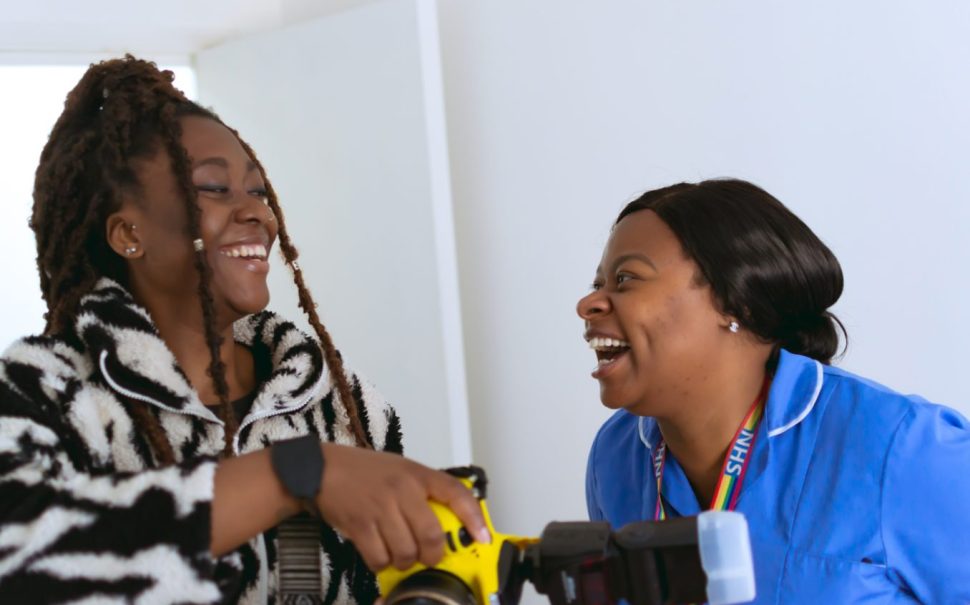

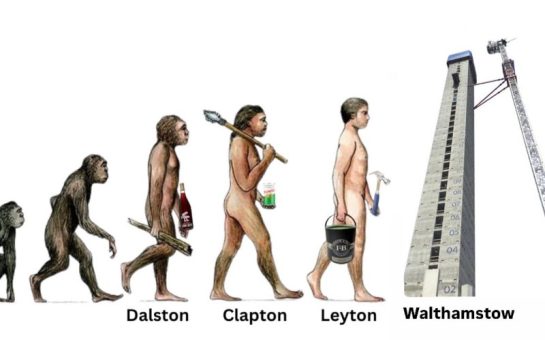
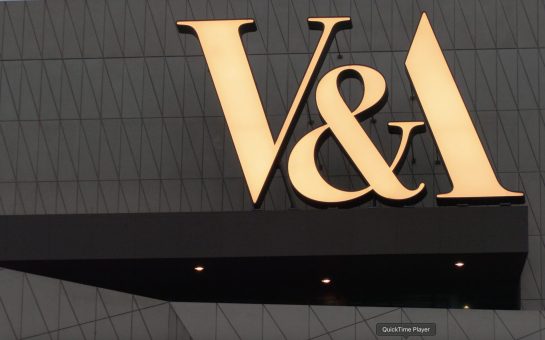
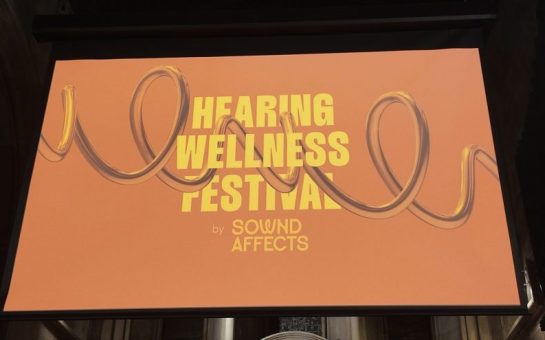
Join the discussion